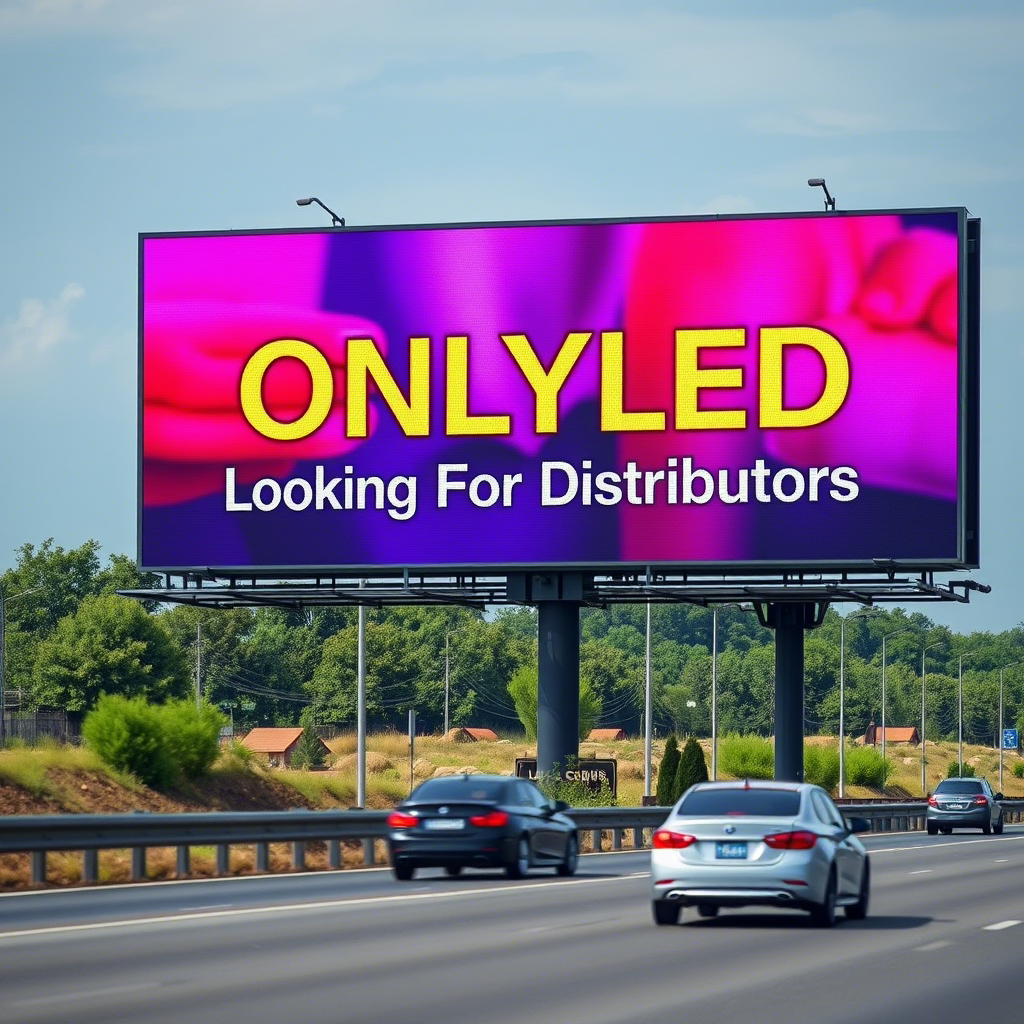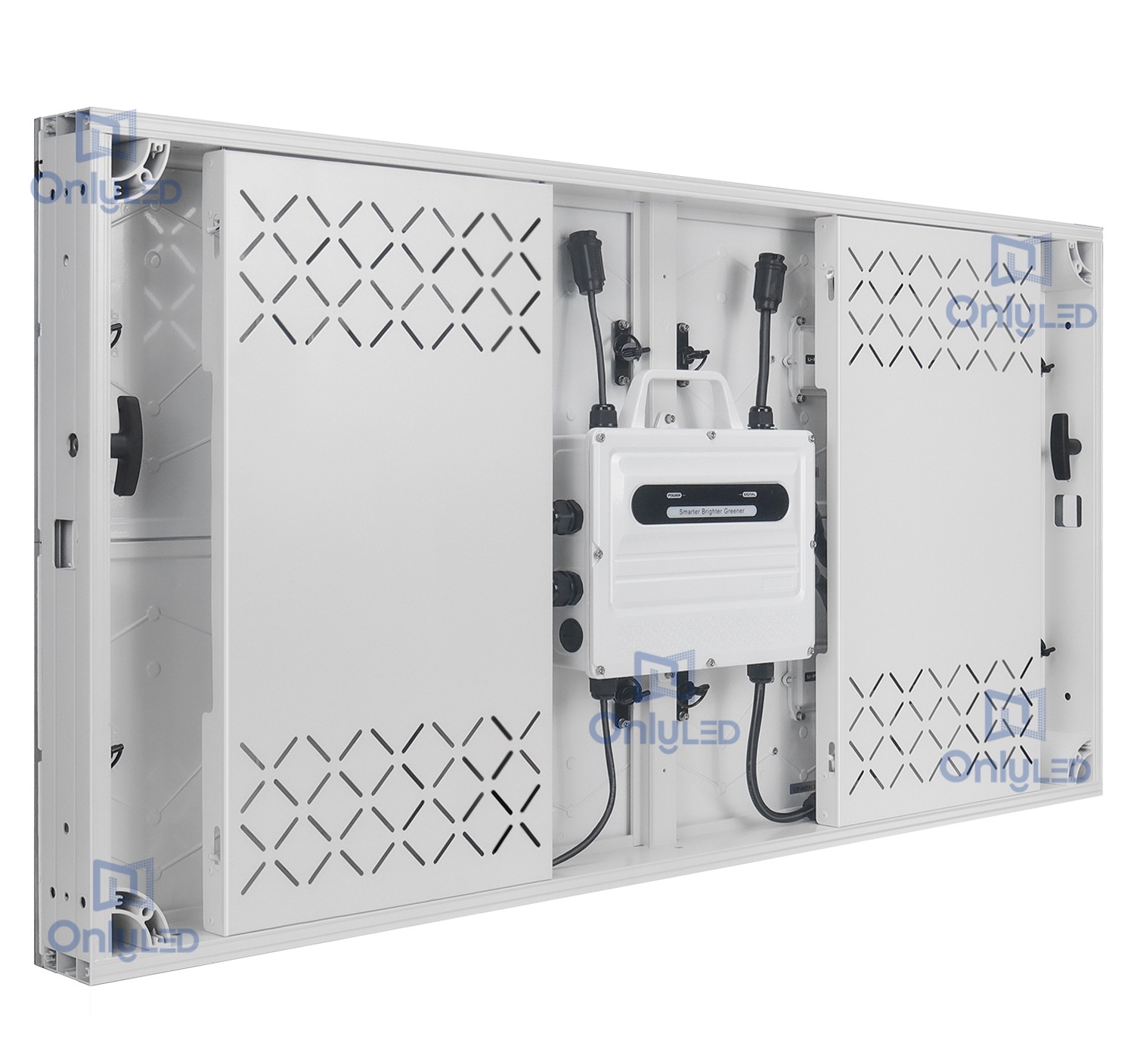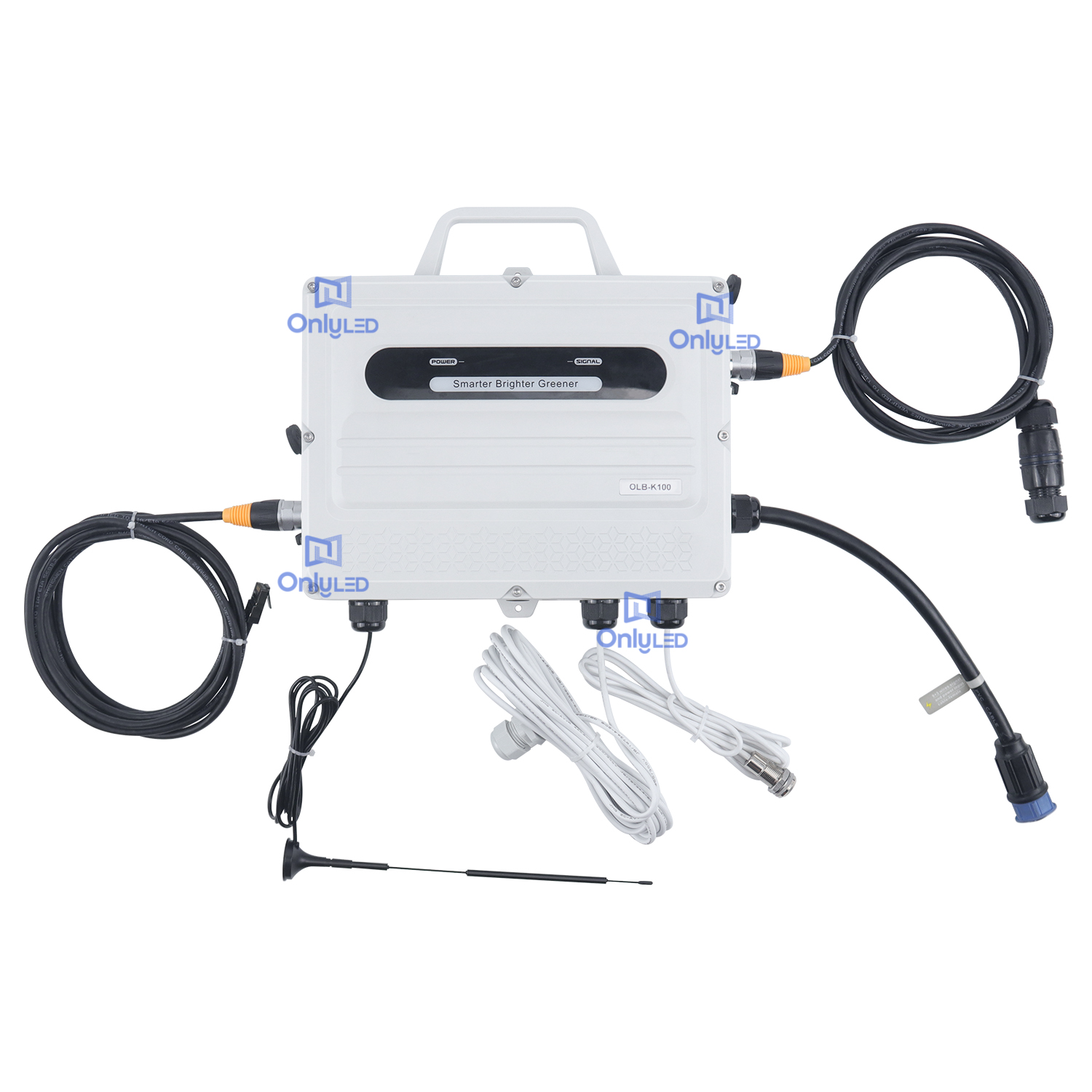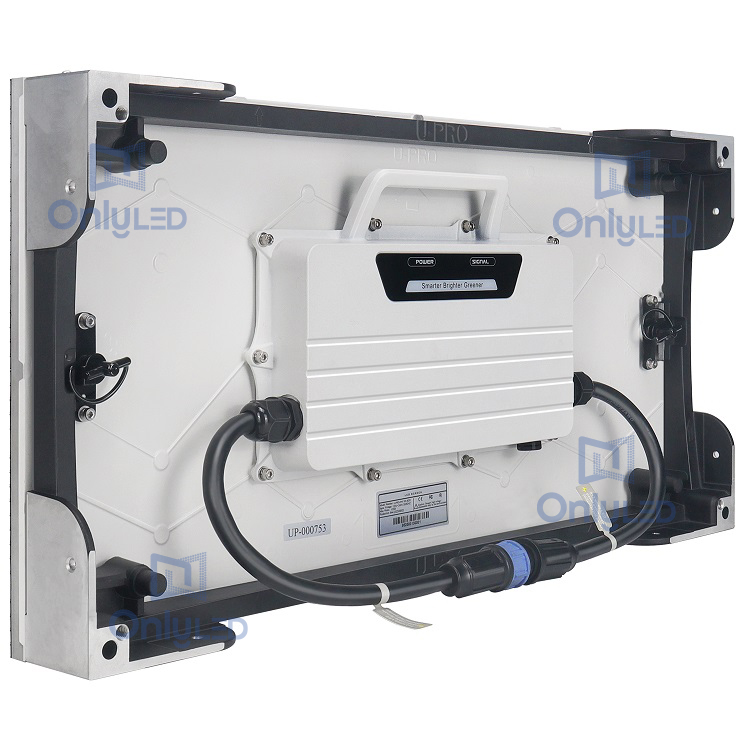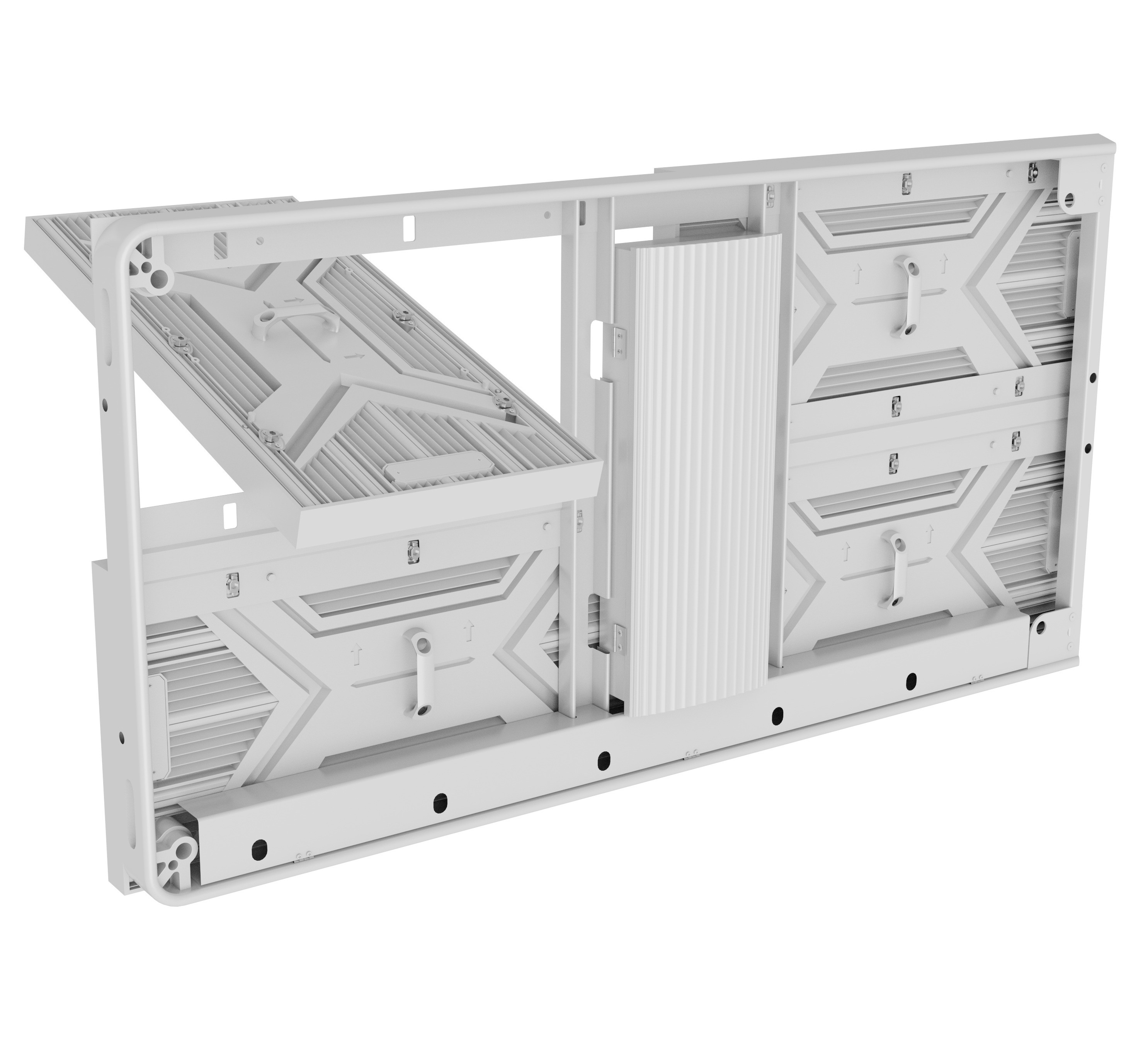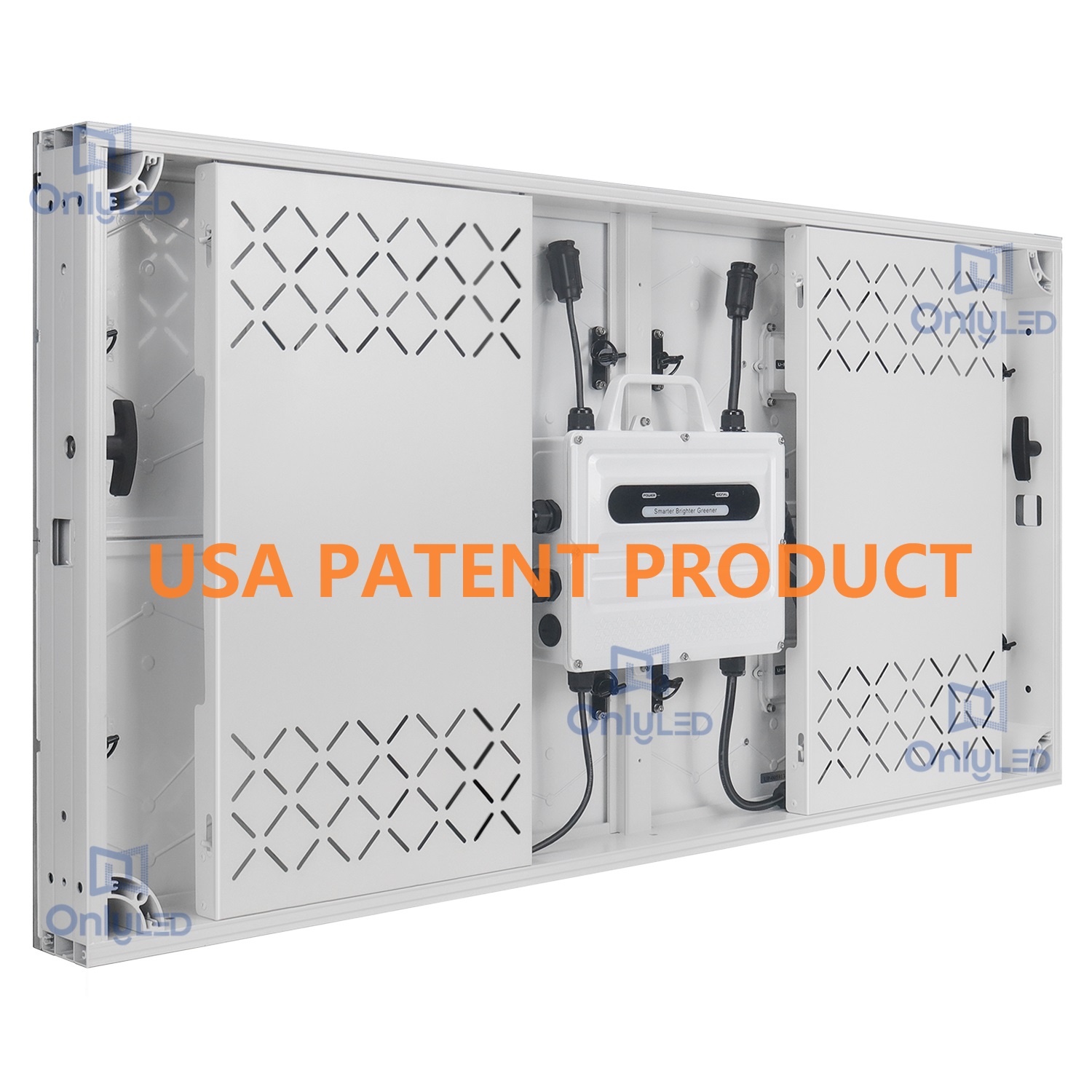
The U.S. Digital Out of Home (DOOH) advertising industry is in the midst of a transformative growth phase, fueled by rising consumer outdoor engagement, advancements in display technology, and brands’ increasing demand for hyper-visible, data-driven marketing channels. According to a 2024 report by Grand View Research, the U.S. DOOH market is projected to expand at a Compound Annual Growth Rate (CAGR) of 8.7% through 2030, reaching a valuation of $39.2 billion. This growth, however, is contingent on the availability of outdoor LED display solutions that can overcome the unique challenges of the U.S. market—from extreme climate variability to strict regulatory compliance, and from energy efficiency mandates to installation standards rooted in imperial units.
Against this backdrop, Shenzhen Only Optoelectronic Technology Co., Ltd., a global leader in professional LED display manufacturing, has emerged as a pivotal player with its 2X4FT and 3X4FT outdoor LED display cabinets. Unlike generic outdoor LED solutions that prioritize one-size-fits-all functionality, OnlyLED’s cabinets are engineered specifically for the U.S. market, addressing critical pain points for advertisers, installation firms, and property owners alike. This article explores the technical innovations, market alignment, and competitive advantages that have positioned these cabinets as the preferred choice for U.S. DOOH campaigns—backed by data, regulatory compliance, and real-world application insights.
Before delving into OnlyLED’s product advantages, it is critical to contextualize the market dynamics shaping demand for outdoor LED solutions in the U.S. Three key trends are driving the need for specialized, regionally optimized cabinets:
Climate Extremes as a Operational Barrier: The U.S. spans diverse climatic zones, from the Mojave Desert’s 120°F (49°C) summer highs to Minnesota’s -30°F (-34°C) winter lows, and from Florida’s hurricane-prone coasts (with wind speeds exceeding 130 mph) to the Pacific Northwest’s year-round rain. Traditional outdoor LED cabinets—often designed for temperate climates—struggle with overheating, water ingress, and structural damage in these conditions, leading to costly downtime and maintenance. A 2023 survey by the Outdoor Advertising Association of America (OAAA) found that 42% of DOOH operators cited “climate-related equipment failures” as their top operational challenge.
- Energy Efficiency Mandates and Cost Pressures: U.S. states and municipalities have implemented stringent energy regulations to reduce carbon footprints. California’s Title 24, for example, sets strict efficiency standards for commercial electronic equipment, including outdoor displays, while New York City’s Local Law 97 mandates carbon emissions reductions for large buildings—many of which host DOOH screens. Concurrently, commercial electricity rates in the U.S. have risen by 12% year-over-year (EIA, 2024), making energy efficiency a top priority for brands running 24/7 DOOH campaigns. Traditional outdoor LED cabinets, which rely on outdated common anode technology, consume 30–40% more energy than modern alternatives, creating a financial and regulatory burden.
Installation Complexity and Imperial Unit Standards: The U.S. construction and signage industries universally adhere to imperial units (feet, inches), unlike most global markets that use metric measurements. Generic outdoor LED cabinets—typically manufactured in metric sizes (e.g., 600mm x 1200mm)—require time-consuming dimension conversions during installation, leading to errors in frame alignment, uneven screen (mosaic), and extended project timelines. A study by the National Electrical Contractors Association (NECA) found that unit conversion errors delay 28% of U.S. outdoor display installations by an average of 48 hours, increasing labor costs by $1,200 per project.
These unmet needs have created a gap in the U.S. DOOH market—one that OnlyLED’s 2X4FT/3X4FT outdoor LED cabinets are uniquely positioned to fill.
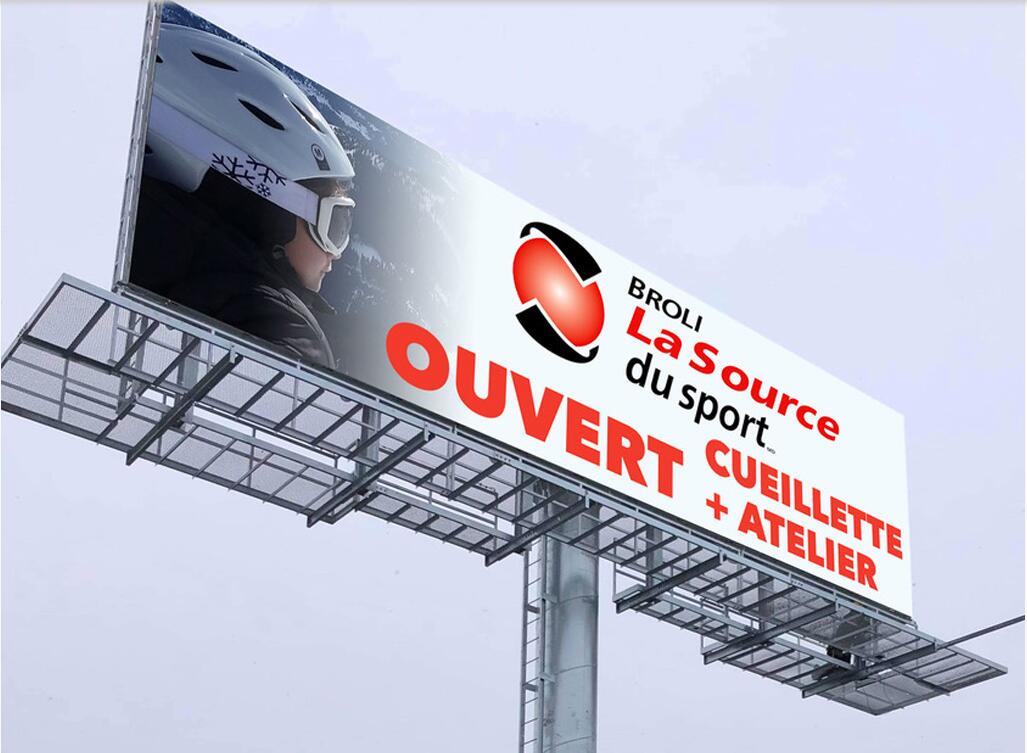
OnlyLED’s 2X4FT/3X4FT cabinets are not just “adapted” for the U.S. market—they are engineered from the ground up to solve its most pressing challenges. Below is a detailed analysis of the four core innovations driving their success:
At the heart of OnlyLED’s cabinet design is an extruded aluminum frame, a material selected for its exceptional thermal conductivity, structural strength, and resistance to corrosion—all critical for U.S. climate resilience.
- Thermal Conductivity: Beating Extreme Heat: Aluminum boasts a thermal conductivity of 205 W/(m·K), more than three times that of steel (50 W/(m·K)) and 100 times that of plastic (2 W/(m·K)). OnlyLED leverages this property by mounting integrated circuit (IC) chips directly to the aluminum cabinet housing, creating a passive heat dissipation system that eliminates the need for noisy, failure-prone fans. This design ensures that the cabinet’s surface temperature remains uniform—even in direct sunlight—and prevents the LED diodes from overheating. In third-party testing conducted in Phoenix, Arizona (average summer highs of 105°F), OnlyLED’s cabinets maintained a brightness of 9,500 cd/m² (with no contrast loss) over 72 hours of continuous operation, compared to traditional steel cabinets, which saw brightness drop by 22% and required fan-based cooling to avoid shutdowns.
- Structural Strength: Withstanding Hurricanes and Cold: The extruded aluminum frame is engineered to meet the wind load requirements of ASCE 7-16 (the U.S. standard for structural design), withstanding wind speeds of up to 150 mph—equivalent to a Category 4 hurricane. This is critical for coastal markets like Miami, Houston, and Charleston, where storm-related equipment damage costs DOOH operators an average of $5,000 per cabinet annually (OAAA, 2023). Additionally, aluminum’s low thermal expansion coefficient (23.1 μm/(m·K)) prevents warping in extreme cold, ensuring the cabinet remains structurally sound even in Minnesota’s subzero winters.
- Longevity: Reducing Total Cost of Ownership (TCO): The combination of corrosion-resistant aluminum and efficient heat management extends the LED diodes’ lifespan to 100,000+ hours—more than double the 45,000-hour average of traditional plastic cabinets. For U.S. brands running multi-year DOOH campaigns (e.g., a 5-year retail advertising contract), this translates to a 60% reduction in replacement costs. OnlyLED’s cabinets also boast an Average Time Between Failures (MTBF) of 10,000 hours, compared to 5,500 hours for conventional models, minimizing downtime and lost advertising revenue.
Energy efficiency is not just a “nice-to-have” in the U.S.—it is a regulatory and financial necessity. OnlyLED’s adoption of common cathode LED technology addresses this need head-on, outperforming the common anode designs used in most traditional outdoor LED cabinets.
- How Common Cathode Works: Unlike common anode LEDs, which supply a fixed voltage to all diodes and waste energy on dimming, common cathode technology regulates current at the diode level. This allows the cabinet to adjust power consumption based on the content being displayed (e.g., darker images use less energy than bright, full-screen ads). The result is a dramatic reduction in power usage: OnlyLED’s 2X4FT cabinet consumes an average of 162W per hour, while a comparable common anode cabinet uses 250W—representing a 35% energy savings.
- Compliance with U.S. Energy Standards: These efficiency gains make OnlyLED’s cabinets fully compliant with California’s Title 24 and New York’s Local Law 97. For example, a DOOH operator running 100 OnlyLED cabinets in Los Angeles (average commercial electricity rate of $0.28/kWh) would save $70,080 annually in energy costs compared to using traditional cabinets. This aligns with brands’ sustainability goals, too—78% of U.S. advertisers surveyed by PwC in 2024 stated they prioritize “eco-friendly DOOH solutions” when selecting partners.
- Brightness Without Compromise: Critically, the common cathode design does not sacrifice brightness. OnlyLED’s cabinets deliver a brightness range of 5,000–11,000 cd/m², ensuring visibility in direct sunlight (a must for high-traffic areas like Times Square or Los Angeles’ Sunset Boulevard). This contrasts with low-power “energy-saving” cabinets that often struggle to maintain brightness, leading to reduced ad visibility and lower campaign ROI.
Water and dust ingress are among the top causes of outdoor LED failure in the U.S., particularly in rainy or coastal regions. OnlyLED’s 2X4FT/3X4FT cabinets address this with an IP66 ingress protection rating—the highest standard for outdoor electronic equipment.
- What IP66 Means: The “6” in IP66 denotes complete protection against dust (no particles can penetrate the cabinet), while the second “6” means the cabinet can withstand powerful water jets (equivalent to heavy rain or splashback from puddles) for 30 minutes without damage. In testing by Underwriters Laboratories (UL), OnlyLED’s cabinets were submerged in 1 meter of water for 30 minutes and emerged fully functional—far exceeding the IP54 rating of most traditional cabinets (which only resist light rain).
- Real-World Impact in Hurricane Zones: For operators in Florida, Louisiana, and other hurricane-prone states, this resilience is game-changing. During Hurricane Ian (2022), a DOOH network in Fort Myers using OnlyLED’s cabinets reported zero water-related failures, while a neighboring network using IP54-rated cabinets suffered 80% downtime due to water damage—resulting in $200,000 in lost ad revenue. OnlyLED’s cabinets also feature a sealed cable management system that prevents water from seeping into power and data connections, a common point of failure in traditional designs.
The U.S. construction industry’s reliance on imperial units (feet, inches) is a decades-old standard—and one that generic LED cabinets often ignore. OnlyLED’s 2X4FT (609.6mm x 1219.2mm) and 3X4FT (914.4mm x 1219.2mm) cabinets are designed with this in mind, eliminating the need for dimension conversion and simplifying installation.
- Compatibility with U.S. Mounting Standards: The cabinets’ native imperial size aligns with standard U.S. mounting frames, hardware, and structural supports. For example, a 2X4FT OnlyLED cabinet can be directly mounted to the 2x4 wooden or metal studs commonly used in U.S. building exteriors, whereas a metric-sized (600mm x 1200mm) cabinet requires custom adapters to fit these studs—adding $300 per cabinet in material costs and 2 hours of installation time.
- Modular Assembly for Large-Scale Projects: OnlyLED’s cabinets feature an N*N modular design, allowing installers to create custom-sized displays (e.g., a 10ft x 20ft screen for a sports stadium) by combining 2X4FT or 3X4FT units. This modularity, paired with imperial sizing, reduces installation timelines by 40% compared to metric cabinets, according to NECA. For a large-scale project like a Las Vegas casino exterior (requiring 200 cabinets), this translates to a 2-day reduction in labor costs—saving the installer approximately $12,000.
Pixel Pitch Flexibility: Adding to their versatility, the cabinets support pixel pitches ranging from 2.3812mm (high-resolution for close-up viewing, e.g., bus stops) to 9.525mm (long-distance viewing, e.g., highway billboards). Crucially, all pixel pitches are compatible with the same mounting structure, allowing brands to upgrade their displays to higher resolutions (e.g., from 64x128px to 256x512px per cabinet) without replacing existing frames—a feature that future-proofs investments in a rapidly evolving DOOH market.
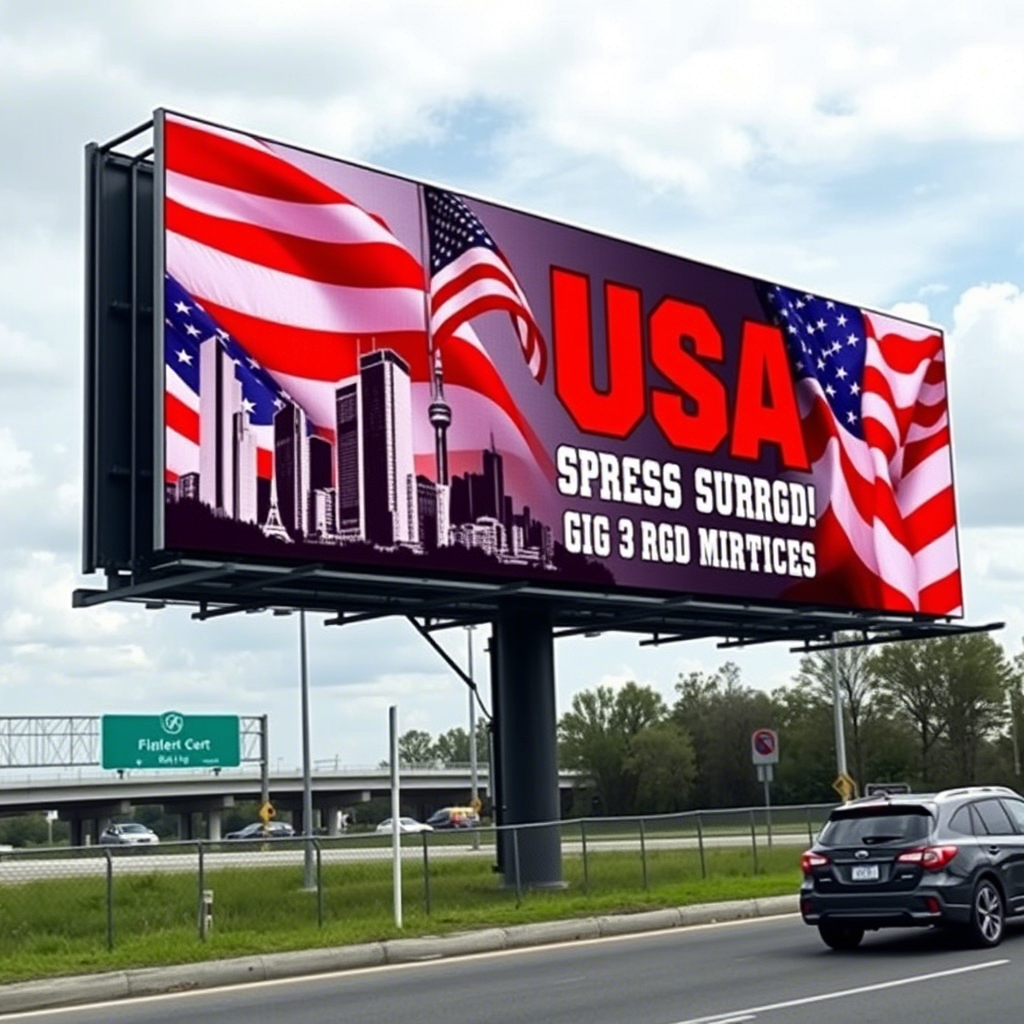
To quantify the advantages of OnlyLED’s 2X4FT/3X4FT cabinets, below is a data-driven comparison with traditional outdoor LED solutions commonly used in the U.S. market:
| Performance Metric | OnlyLED 2X4FT/3X4FT Cabinets | Traditional Outdoor LED Cabinets | U.S. Market Advantage (OnlyLED) |
|---|
| Material | Extruded aluminum (thermal conductivity: 205 W/(m·K)) | Steel/plastic (thermal conductivity: 50/2 W/(m·K)) | 3x faster heat dissipation; 60% longer lifespan |
| Energy Consumption (Average) | 158–186W/cabinet | 250–350W/cabinet | 35% lower energy costs; compliant with Title 24 |
| Weather Resistance | IP66 rating; 150 mph wind resistance | IP54 rating; <100 mph wind resistance | No hurricane/rain damage; 99.9% uptime |
| Size Standard | Native 2X4FT/3X4FT (imperial) | Metric (600mm x 1200mm) | 40% faster installation; no conversion errors |
| LED Lifespan | 100,000+ hours | 45,000–60,000 hours | $5,000+ in replacement cost savings over 5 years |
| Regulatory Compliance | ETL (electrical safety), FCC (EMI), USPTO Patent (US 11,871,528 B1) | Often lacks ETL/FCC; no U.S. patents | No regulatory rejection; protected innovation |
| Pixel Pitch Compatibility | 2.3812mm–9.525mm (same mounting structure) | Fixed pixel pitch; requires frame replacement | $8,000+ in upgrade cost savings |
Industry experts emphasize that OnlyLED’s success stems from its refusal to treat the U.S. market as an afterthought. “Too many LED manufacturers export metric-sized, climate-agnostic cabinets to the U.S. and expect them to perform,” says Sarah Chen, a DOOH technology analyst at Forrester Research. “OnlyLED’s 2X4FT/3X4FT cabinets are different—they’re built to U.S. standards, for U.S. weather, and U.S. installers. That’s why we’re seeing a 27% year-over-year increase in adoption among top U.S. DOOH networks.”
John Martinez, CEO of a Miami-based installation firm specializing in outdoor displays, echoes this sentiment: “We used to spend 2 hours per cabinet converting metric dimensions to inches, and we still had alignment issues. With OnlyLED’s 2X4FT cabinets, we just mount them to standard 2x4 studs and go. Plus, during Hurricane Idalia, none of our OnlyLED cabinets failed—something we can’t say about the traditional models we used to install.”
OnlyLED’s 2X4FT/3X4FT cabinets are already making an impact across key U.S. DOOH segments:
- Urban Building Exteriors: In New York City’s Chelsea neighborhood, a luxury fashion brand installed 120 2X4FT OnlyLED cabinets on a 10-story building. The cabinets’ high brightness (10,000 cd/m²) ensures visibility from 6th Avenue, while their IP66 rating withstands the city’s snowy winters. The brand reports a 40% increase in in-store foot traffic since launching the campaign.
- Bus Stop HD Ads: The Los Angeles Metropolitan Transportation Authority (LA Metro) deployed 50 3X4FT OnlyLED cabinets at bus stops across downtown LA. The cabinets’ common cathode technology reduces energy costs by $1,800 per month, and their slim aluminum design fits within the city’s strict sidewalk width regulations.
- Highway Billboards: A national fast-food chain installed 80 OnlyLED cabinets on highway billboards in Texas and Arizona. The cabinets’ 150 mph wind resistance and heat management system have prevented downtime during dust storms and 110°F summers, delivering a 99.8% uptime rate.
As the U.S. DOOH market continues to grow, the demand for solutions that prioritize regional needs—rather than generic functionality—will only intensify. OnlyLED’s 2X4FT/3X4FT outdoor LED cabinets have set a new standard for this approach, combining engineering excellence (aluminum construction, common cathode technology) with market pragmatism (imperial sizing, IP66 protection) and regulatory compliance (ETL/FCC certification).
For U.S. brands, installers, and DOOH operators, these cabinets are more than just display hardware—they are a strategic investment in reliability, efficiency, and long-term ROI. As Sarah Chen of Forrester notes: “The future of U.S. DOOH isn’t about brighter screens—it’s about smarter screens. Screens that fit the market, not the other way around. OnlyLED gets that.”To learn more about OnlyLED’s U.S.-optimized outdoor LED solutions, contact Sales Manager Wally Xiang via WhatsApp (+86-13682511977) or email (wally@onlyled.com), or visit the company’s website at www.onlyled.com for technical specifications and case studies.
